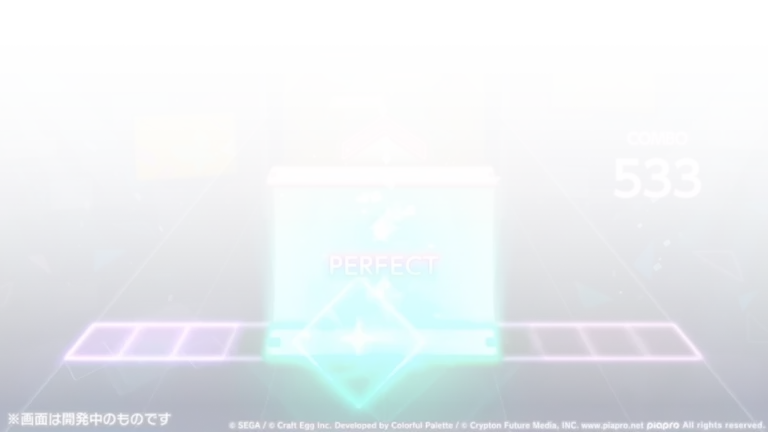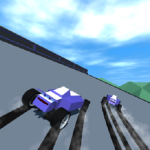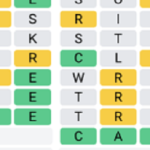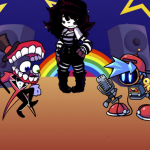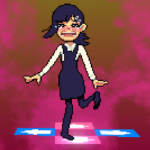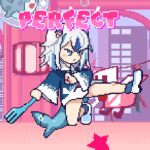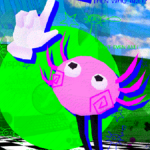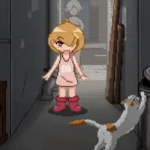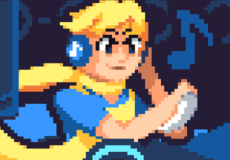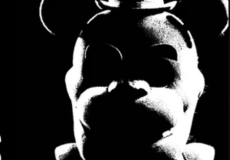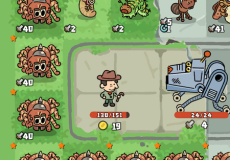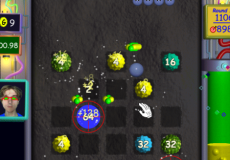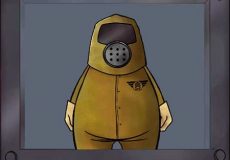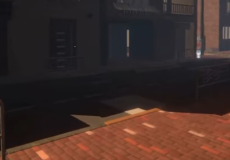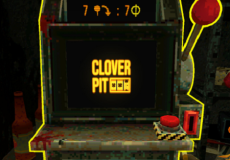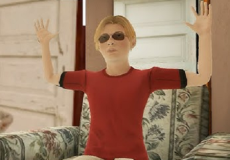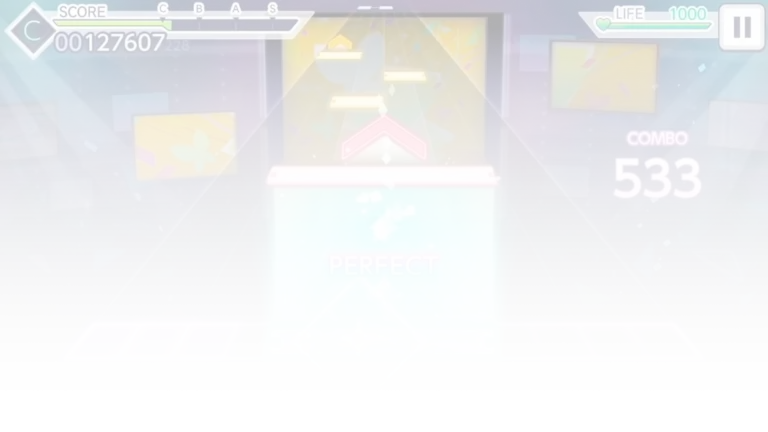
Dread Flats
Advertisement
Dread Flats is a slow-paced psychological horror game set within a decaying apartment complex filled with lingering unease and long-buried secrets. Drawing influence from 1990s Chinese urban design and folklore, the game focuses on first-person exploration and atmospheric storytelling rather than combat or jump scares. Players take on the role of an investigator or curious outsider entering the building to learn the truth behind multiple disappearances that have occurred there over the years. As the story unfolds, the line between reality and hallucination begins to blur.
Advertisement
Similiar games
Dread Flats is a slow-paced psychological horror game set within a decaying apartment complex filled with lingering unease and long-buried secrets. Drawing influence from 1990s Chinese urban design and folklore, the game focuses on first-person exploration and atmospheric storytelling rather than combat or jump scares. Players take on the role of an investigator or curious outsider entering the building to learn the truth behind multiple disappearances that have occurred there over the years. As the story unfolds, the line between reality and hallucination begins to blur.
Navigating a Haunted Living Space
The gameplay in Dread Flats revolves around methodical exploration, object interaction, and hidden environmental storytelling. Players can open drawers, examine documents, restore power, and decode clues left by previous residents. Most of the building is abandoned, yet traces of everyday life remain scattered—half-eaten meals, flickering TVs, open notebooks—all frozen in time. Some doors creak open while others remain locked behind puzzles or events that change depending on what the player has uncovered.
Core Mechanics and Tension-Building
The horror of Dread Flats is created through its mechanics and design rather than traditional action. The experience involves:
· Investigating abandoned apartments for keys, notes, and strange symbols
· Using a security monitor to check camera feeds in different corridors
· Noticing sound shifts that suggest movement behind walls or above ceilings
· Escaping from scripted sequences like entity sightings or hallway loops
· Piecing together the history of the building from residents’ scattered belongings
This slow unraveling of dread is complemented by visual and auditory cues—such as distant knocking or lights that turn on without warning—creating a heavy sense of paranoia.
Hidden Histories and Unseen Forces
The story of Dread Flats is nonlinear and open to interpretation. As players explore deeper floors and unlock more apartments, they gather clues about former tenants, a rumored “presence,” and a spiritual imbalance that may have triggered the hauntings. The game avoids providing direct answers, instead relying on environmental hints and the player’s own reasoning. As the narrative deepens, players encounter visual distortions and time anomalies that suggest reality within the complex has fractured.
Unlike action-heavy horror games, Dread Flats relies on psychological pressure and subtle world-building. The result is an immersive and unnerving journey through a space that feels both ordinary and wrong. Its effectiveness lies in what’s implied rather than shown, keeping players alert even during quiet moments. The experience is crafted for those who prefer slow suspense, unfolding mystery, and immersive horror rooted in culture and mood.
Discuss Dread Flats
